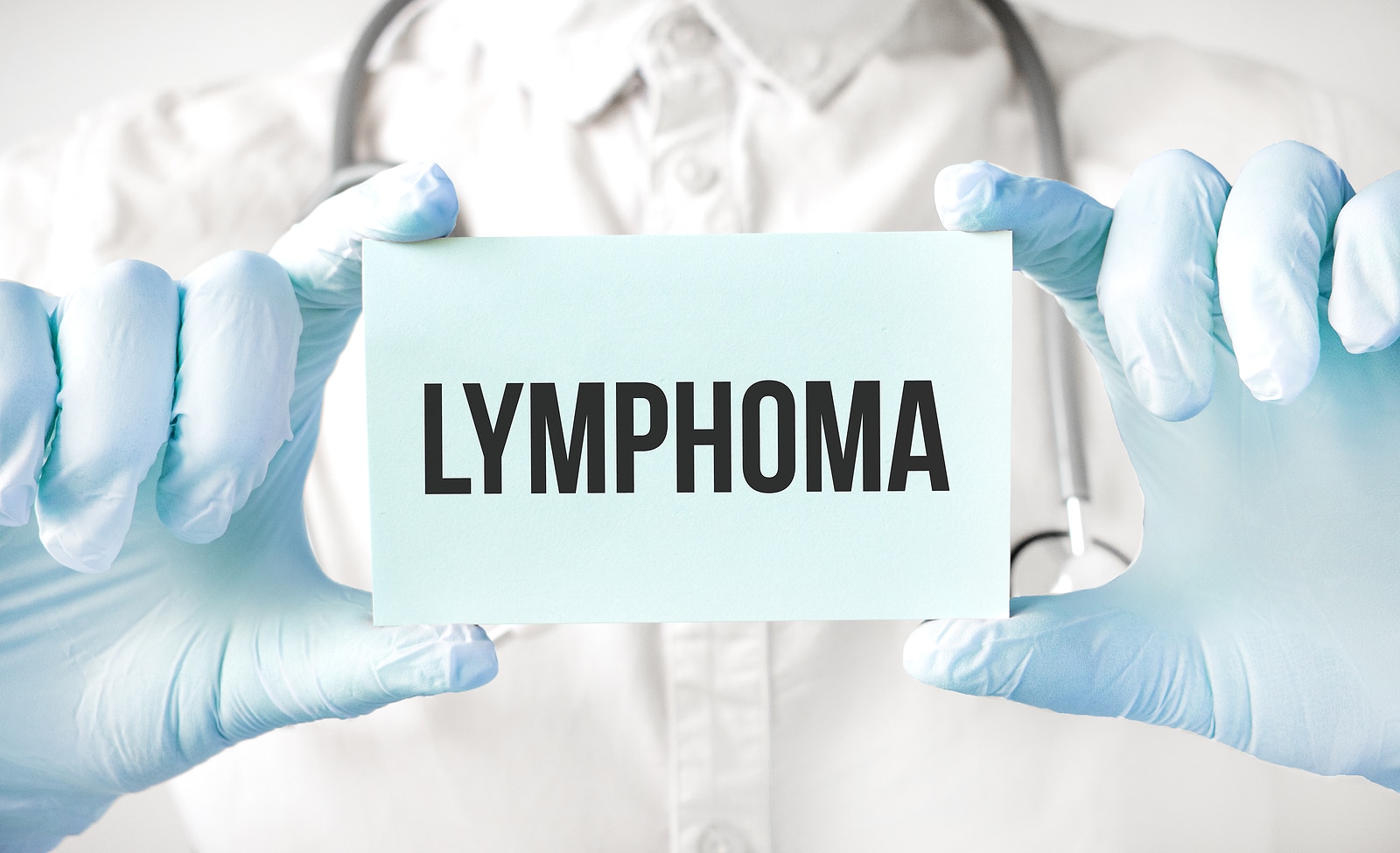Lymphoma presents with various clinical manifestations, typically characterized by painless progressive lymph node enlargement as the initial symptom, along with systemic symptoms such as fever, weight loss, and night sweats. When it invades other organs or metastasizes, corresponding clinical manifestations may occur.
Although lymphoma is a malignant tumor, some types are curable, such as diffuse large B-cell lymphoma and Hodgkin's lymphoma. Currently, chemotherapy is the most commonly used treatment for lymphoma, but its long chemotherapy cycles and tendency for disease relapse emphasize the importance of active treatment. In addition to inpatient care, daily care is equally important for lymphoma patients, helping to alleviate symptoms and improve quality of life. Below are some suggestions for home care for lymphoma patients.


1. Maintain good dietary habits
Lymphoma patients should eat small, frequent meals to ensure the energy needed for daily activities. Dietary recommendations should focus on foods that are high in calories, protein, and vitamins, and should be light and easily digestible, such as grains, meats, legumes, vegetables, and fruits. Food should be prepared by steaming, boiling, or stewing as much as possible, with less consumption of fried foods, and avoidance of excessive consumption of raw, cold, spicy, and other irritating foods. It is also advised to quit smoking, alcohol, and betel nut consumption to reduce their stimulation to the body.
2. Pay attention to hygiene and avoid fatigue
After chemotherapy, lymphoma patients may experience varying degrees of bone marrow suppression, as chemotherapy drugs not only kill cancer cells but also damage normal cells. When white blood cell counts decrease, the body's resistance also decreases. Therefore, while practicing self-protection, attention should be paid to personal hygiene and environmental cleanliness to avoid infections as much as possible. Additionally, avoid fatigue and staying up late, maintain a balance between work and rest, and develop regular routines to keep the body and mind relaxed, which is beneficial for adjusting and recovering physical condition.
3. Exercise moderately
Regular moderate exercise can help maintain good physical condition. If the physical condition allows, engage in relatively gentle exercises such as walking, yoga, and tai chi. Consistent exercise not only enriches oneself but also alleviates anxiety and keeps depression at bay.
4. Maintain a good psychological state
Lymphoma treatment has a long cycle, and recurrence and metastasis are common, which brings great psychological pressure to patients. Regular treatment can improve the effectiveness of lymphoma treatment. While adhering to regular treatment, patients must also adjust their psychological state. When feeling emotionally down, it's helpful to confide in family and friends and deal with negative emotions promptly.
5. Maintenance of venous access
Due to the long treatment cycle, lymphoma patients often have indwelling venous access devices such as PICCs or infusion ports. Patients with these devices at home should observe the puncture site and limb for any discomfort such as pain, swelling, or redness and visit the hospital for catheter maintenance on time to ensure unobstructed catheter access.
6. Regular medical visits and medication adherence
Lymphoma patients need to visit the hospital regularly for regular treatment, and after chemotherapy, they need to undergo regular follow-up examinations to monitor for tumor recurrence. If taking oral chemotherapy drugs or targeted therapy drugs, it is important to take them as prescribed, avoid missing doses or overdosing, and pay attention to any adverse drug reactions.
In conclusion, lymphoma treatment is lengthy, and lifelong follow-up is required in later stages. By following the above methods, patients can better manage the disease, take care of themselves at home, and facilitate early recovery from the illness.
